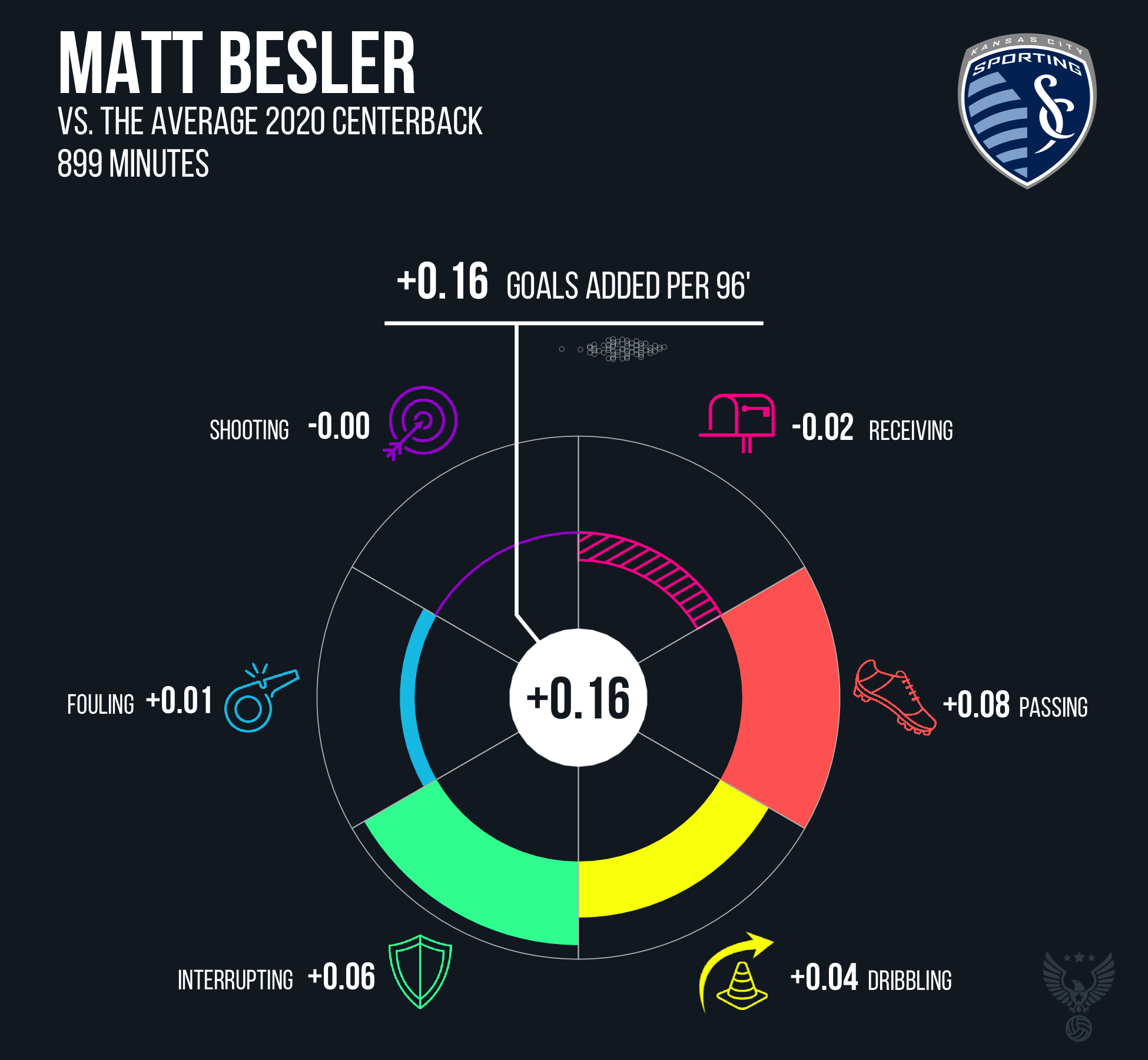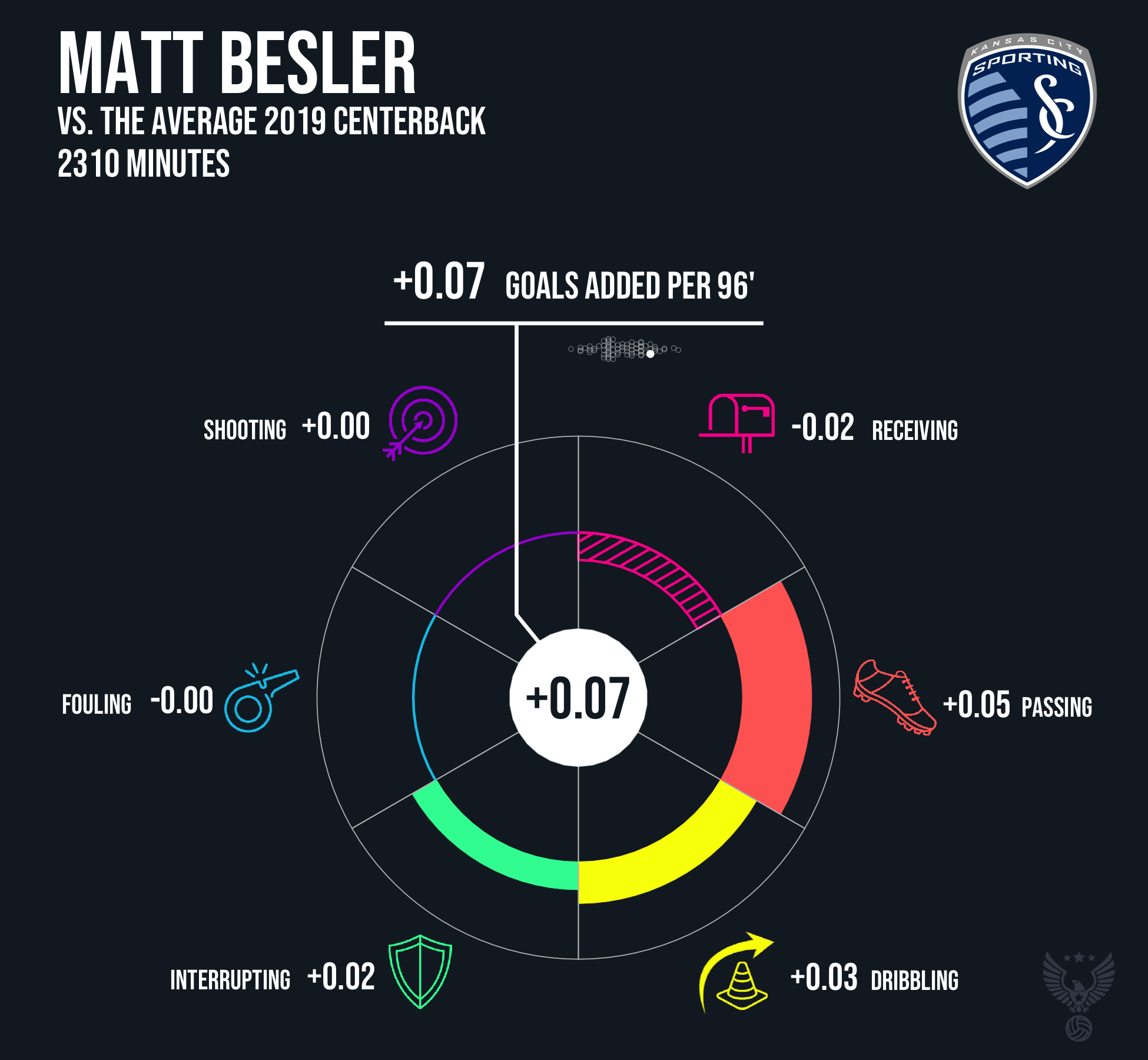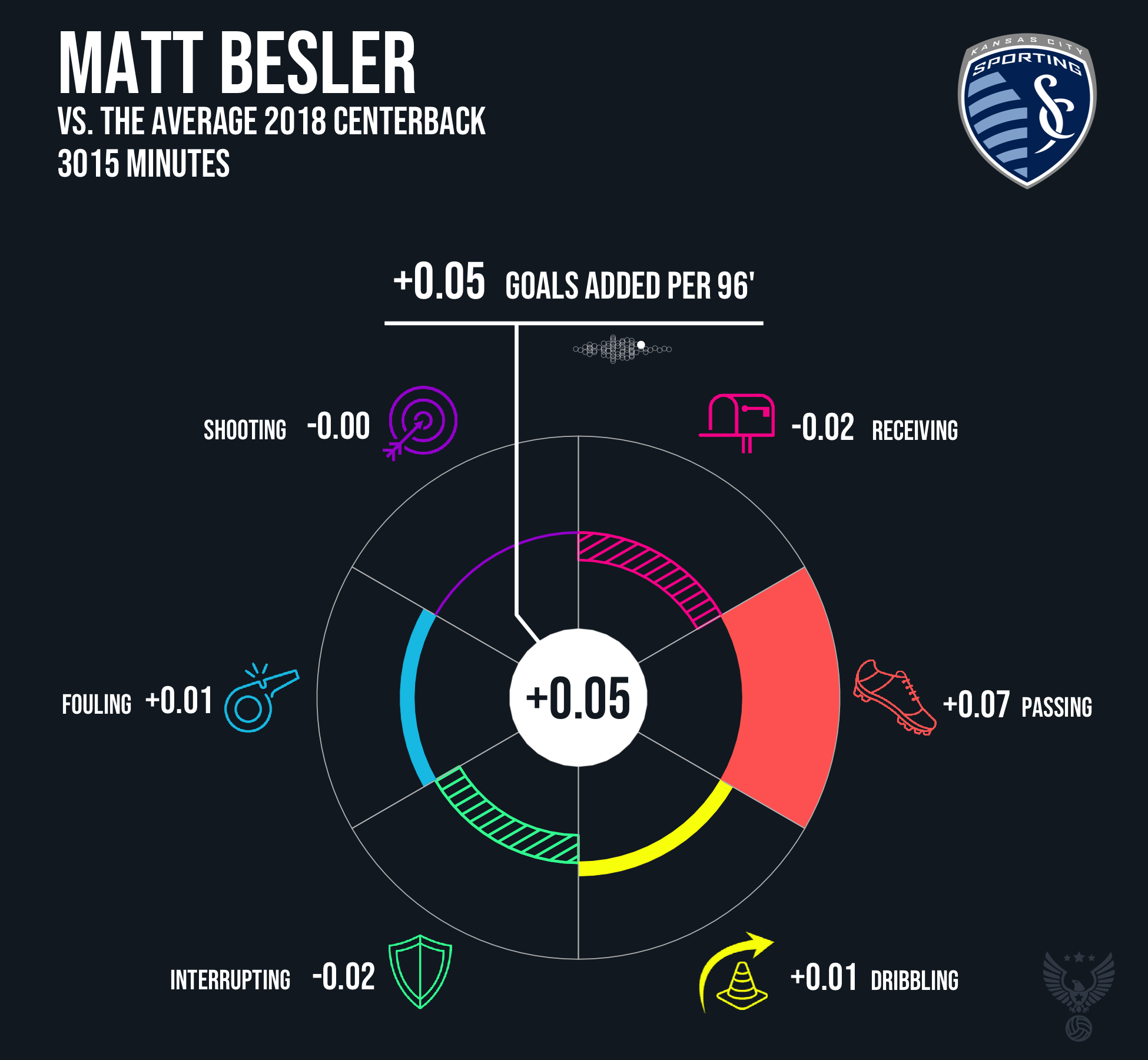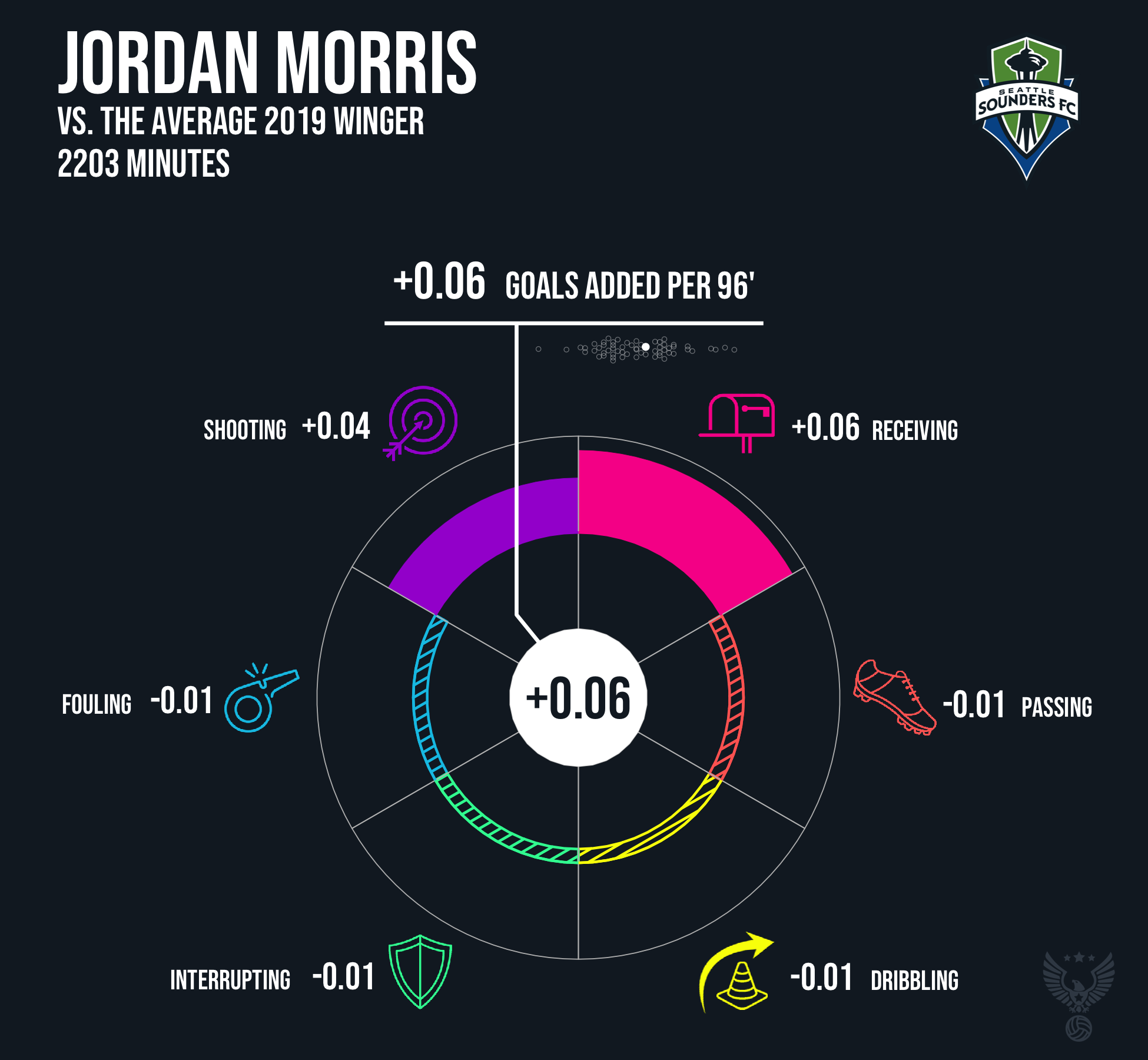2021 MLS Season Previews: Austin FC, Houston Dynamo, and Seattle Sounders
/We’re publishing three team previews every weekday until MLS First Kick on April 16th. You can find all of them here.
Today we’re looking at three teams that are each going in very different directions.
_________________________________________________
Austin: Veni Vidi Verde
By Jason Poon
One Big Question: Did Claudio Reyna build the right team?
The question for Austin FC is whether their debut season will look more like Atlanta’s or Cincinnati’s. Expansion team roster builds usually give us an indicator of how they’ll perform, as many looked at Atlanta inaugural season and thought they’d be contenders right out the gate. Barring any kind of significant injury, on paper at least, this team looks like they’ll be competitive enough to challenge for a playoff spot.
Austin did go with what is starting to seem like the blueprint to MLS success for a roster build: sign a couple of young attacking talents from South America (Rodney Redes, Cecelio Dominiguez), add a veteran center midfielder to run the show (Alex Ring) and then go find a few former promising MLS players who need a reset (Diego Fagundez, Kekutah Manneh, Danny Hoesen).
The last part of the equation - finding MLS players who’ve had some off years - may be the key piece for Austin’s inaugural season. I am basing this off of UCLA professor Henchen Dai’s research on the “reset” principal. Dai’s research indicates that when a MLB player’s batting average is low prior to a trade, the trade across the leagues actually increases their performance.
The reverse is also true, so when a player is over achieving and is traded, their performance will dip - this is where a fresh start has an adverse effect. Granted, this is baseball and there’s no National League vs American League in MLS where batting averages are reset to zero. However, this finding did intrigue me with how Fagundez, Manneh, Hoesen and to a smaller extent, Matt Besler will respond in a new environment.
In an extreme small sample set of just looking at Walker Zimmerman, this theory looks to be true. Zimmerman was on the rise at FC Dallas, was traded (“reset”) to LAFC where he was good, but not as good as he was at Dallas, and then traded again to Nashville where he picked up the Defender of the Year award in 2020.
| Position | Minutes | G | xG | G-xG | A | xA | xG+xA | |
|---|---|---|---|---|---|---|---|---|
| W | 280 | 1 | 1.15 | -0.15 | 0 | 0.00 | 1.15 | |
| ST | 1675 | 5 | 9.58 | -4.58 | 1 | 2.85 | 12.44 | |
| ST | 2677 | 12 | 9.49 | 2.51 | 2 | 2.63 | 12.12 | |
| ST | 1977 | 5 | 6.16 | -1.16 | 4 | 2.95 | 9.11 |
This is where Danny Hoesen is an intriguing player to watch for Austin, as he had respectable numbers (9.49 xG and 9.58 xG) in 2018 and 2019 but then found minutes and goals much harder to come by and was even moved out to the wing by the same manager when he is very much a number nine.
If Hoesen can hold on to the starting spot, all signs indicate that he could be on the shortlist for MLS Comeback Player of the Year.
One thing to note is that Austin didn’t go for the big splashy signing as some anticipated. They still do have one DP spot available (Tomás Pochettino and Domínguez are their current DPs) and Claudio Reyna has said they intend to fill it over the summer. How the team will use this last spot will be another story to watch as the season unfolds.



One smaller question: Does Matt Besler still have it?
Everyone is high on Alex Ring, as they should be, but my eyes will be on Matt Besler who comes in after a legendary career with Sporting Kansas City. (I’m also wondering how the “reset” will play into his career as he was playing some of his best soccer before the move from NYCFC.) Besler, in my opinion, will be the difference maker for Austin’s first MLS season. Will he be the Jeff Larentowicz for Austin? As the only centerback on the roster with significant MLS experience, it’ll be up to Besler to organize the defense and keep the new backline unit playing as a cohesive unit.
One more little question: What kind of coach is Josh Wolff?
What’s also intriguing, and also what made this assignment pretty difficult, is that there is so little information to go off of. Wolff’s never been a head coach, so there’s no history to go off of. And as of the time of this writing, Austin has only streamed one pre-season game, which hardly ever tells us much other than what the team is experimenting with.
How does Wolff want this team to play? Will it indeed be that 4-3-3 with a high emphasis of playing out of the back that we saw against Houston? Will a more pragmatic approach come when the team starts leaking goals?
2021 Prognosis
On paper, everything looks good for Austin and year one. Austin has built a strong roster that’s balanced between youth and veteran leadership. Austin will start the season with seven straight away games before Q2 Stadium is ready to host a match. My ceiling for them would be third in the Western Conference, and the bottom would be 10th. With so many firsts on the table, I’d say if they stayed competitive for a playoff spot throughout the year, that would be a successful debut season for the mighty Verde.
_________________________________________________
Houston: Darwinism - Only the Strongest Survive
By Zach Beery
The 2020 season was supposed to be the beginning of a new era for the Dynamo. Tab Ramos, former U-20 USMNT manager, was brought in to replace Wilmer Cabrera after the Dynamo only made one playoff appearance in three seasons. The Dynamo still missed the expanded playoffs in 2020 by finishing last in the Western conference with 0.91 points per game, the worst mark in club history.
Compared to actual results, the underlying metrics tell a different narrative. Based on the xPts model (expected points earned given the same sample of shots over 1000 simulations), the Dynamo were expected to earn 1.39 points per game. They had the second largest underperformance in MLS (-0.48 pts per game) based on actual points minus expected points. When looking at xG and g+ differential per game, the Dynamo looked like an average team – ranking 13th in both metrics.
Because the Dynamo let go of a renowned ASA alum as their data analyst, it’s pretty clear they’re not evaluating their performance based on xG or g+, or anything data related. The Dynamo were one of the more active teams this offseason, bringing in a handful of MLS vets – Joe Corona, Derrick Jones, Tim Parker, Fafa Picault and Maxi Urruti. They also brought in Mateo Bajamich, a 21 year old winger from Argentina, and Tyler Pasher from the USL. All the MLS vets except Urruti had below 0.0 g+ for the 2020 season. These aren’t huge signings, but the additional depth will help during the congested 2021 season.
The Dynamo allowed the sixth most goals per game (1.7) during the 2020 season. To remedy this, they acquired center back Tim Parker for $450K in allocation money. This is the largest in-league investment the Dynamo have made to date, so there will be pressure on Parker to succeed, especially since his probable centerback partner Maynor Figueroa will be 37 years old. Proportionally, the Dynamo allowed the most goals on fast breaks (16%) compared to all other phases of the game (corner, free-kicks, penalties, regular and set pieces) and the league average was just 6%. The Dynamo were expected to concede 3.5 goals on fast breaks compared to an actual season total of seven goals allowed on fast breaks.
Survival of the Fittest
On a more positive note, Darwin Quintero continued to thrive (seven goals and seven assists) in his first season with the Dynamo. Beyond the basic counting stats, Quintero had the fifth most g+ above average according to ASA’s g+ model. His 2.08 goals added compares very favorably to other high volume playmakers, who tend to have lower g+ than their raw number may suggest. The table below shows how Quintero compares to the attacking mids and wingers who made the MLS best XI based on aggregate and proportion of team’s production.
Quintero’s numbers last year compare very favorably to the MLS best XI attackers’. Quintero was first in shot creating actions (SCA), defined by fbref as the two offensive actions directly leading to a shot, third in passes into the penalty area and second in progressive passes defined by fbref. Sans Pozuelo, no MLS best XI player was as integral to their team’s buildup play and goal contributions as Quintero was.
Still, Quintero will be 33 years old at the start of the 2021 MLS season. The drop-off in production is coming, but the question is: will it be a steep drop or gradual drop? A majority of Quintero’s g+ value is based on his passing skill (1.9 passing g+). Last year, when I analyzed the relationship between age and g+, I found that passing was the only skill that increased with age. I hypothesize that the reason behind this is that the more experience a player has, the better their ability to pick out the most advantageous pass. Since Quintero’s biggest attribute - progressing the ball and creating chances - is the least impacted by age, Quintero should be able to contribute an above-average rate as he continues to age.
A Most Pressing Question
One interesting thing to look for during the 2021 season for the Dynamo is how aggressively they will press. Tab Ramos has said he would like for his team to press more, and using data from fbref, the Dynamo averaged 17 pressures per 100 opponent touches in 2020, which ranked in the fifth percentile for MLS teams over the last three years. For comparison purposes, LAFC averaged 26 pressures per 100 opponent touches. There is a belief that you cannot build a functional press around a heliocentric offensive playmaker like Quintero because the player is expending so much energy during the offensive phase of the game, but they look determined to try (sounds a lot like another former Houston playmaker.) However, Quintero averaged 14.25 pressures per game over the last year, ranking in the fortieth percentile for MLS Attacking Midfielders / Wingers. This isn’t above average, but if you surround Quintero with aggressive pressers (e.g. Fafa Picault and Maxi Urruti), Tab should be able to coordinate a functional press.
The Dynamo play the first game of the year next week and I think we will learn a lot from the starting XI. Is Tab going to transition to an all out press and rely on the press to create chances or will Quintero continue to run the show? Their season may depend on the answer.
Seattle: Nouhou look. Same Sound?
By Harrison Crow
The best way that I can sum up the Seattle Sounders 2020 campaign in a single paragraph is this: they were good. Then they suffered a number of injuries which made them less good. They got healthy towards the end of the season and got back to good. The season ended on a very disheartening note, with their worst performance unfortunately coming during the final of MLS Cup, which fans will try but ultimately fail to forget.
Seattle navigated a bumpy road through the playoffs after an impressive season (second highest g+ diff and top xGD in MLS). Having reached four MLS Cup finals in five years, the team entered its most difficult offseason in memory faced with the unenviable task of replacing several key pieces on a diminished budget.
Throughout his tenure in Seattle and RSL, GM Garth Lagerwey has demonstrated the ability to be both pragmatic and ruthless when it comes to roster decisions, and so the Rave Green bid farewell to Gustav Svensson and Joevin Jones via free-agency, Kelvin Leerdam via trade, and Jordan Morris via loan with an option to purchase (although this ill-fated move was scuppered by a season ending injury). Beyond those starters, Seattle also cut ties with role players like Miguel Ibarra and Roman Torres, who despite having a rather limited on field impact, brought experience and depth to the locker room.
Perhaps the most noteworthy departure however, came from the front office as long-time technical director Chis Henderson took his talents to South Beach. Henderson had been with the club almost since its MLS inception, and was one of the first front-office guys hired in early 2008 by owner and then GM Adrian Hanuaer.
So what does 2021 hold for Seattle? Rather than trying to answer each issue facing the Sounders, I’m going to keep this to one big question: “can this team still be good?”
Can this team still be good?
The obvious answer is “yes.” Yes Virginia, they will very likely still be good, but this isn’t quite as clear-cut as it has been in recent seasons. The two biggest on field losses are undoubtedly Gustav Svensson, and last season’s team (and arguably league) MVP Jordan Morris. Thus far, they haven’t really replaced either player from a tactical or production perspective. Right now, the team lacks wingers, and this may be hinting at a pivot to a new formation. This roster looks a bit like 2018’s roster if you squint, and 2018 was probably the least productive the Seattle Sounders have been in the last five years.
| Season | Position | Minutes | g+ Above Average | g+ Above Replacement | |
|---|---|---|---|---|---|
| 2020 | DM | 973 | 0.00 | 0.11 | |
| 2019 | W | 962 | -0.06 | 0.07 | |
| 2018 | W | 1747 | -0.01 | 0.11 | |
| 2017 | FB | 2045 | 0.02 | 0.14 | |
| 2016 | W | 2998 | 0.02 | 0.16 | |
| 2015 | W | 2080 | 0.05 | 0.19 | |
| 2014 | W | 2102 | -0.02 | 0.12 | |
| 2013 | CM | 2757 | 0.02 | 0.15 |
Looking at the arrivals column, Craig Waibel will reunite with Garth Lagerwey in the front office, taking over Chris Henderson’s vacated role. Waibel is experienced and from my perspective, has exactly the type of mind you want from a high-end talent evaluator. As far as players go, Seattle have finally obtained Federal Way native Kelyn Rowe. Rowe is only 29 years old and just a couple of seasons removed from being a fringe national team player. He’s coming back after a series of unremarkable stints in recent years with the New England Revolution, Kansas City, Real Salt Lake, and the New England Revolution (again). He’s basically Value Village Sebastian Lletget,and for a team that needs to recover value from its roster, he’s a perfect fit.
| Minutes | G | xG | A | xA | xG+xA | |
|---|---|---|---|---|---|---|
| 1149 | 0.25 | 0.21 | 0.17 | 0.19 | 0.41 | |
| 2283 | 0.17 | 0.18 | 0.08 | 0.06 | 0.25 | |
| 2633 | 0.26 | 0.28 | 0.18 | 0.13 | 0.41 |



